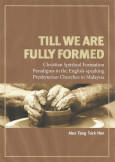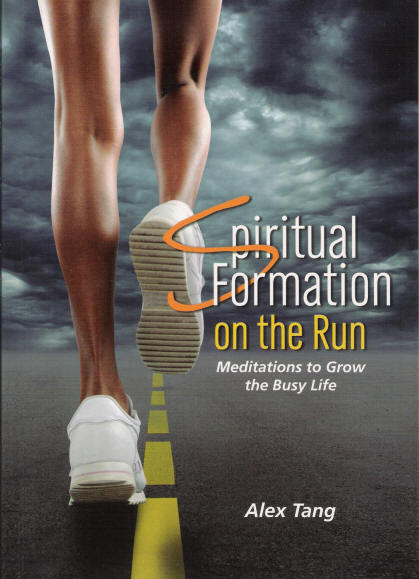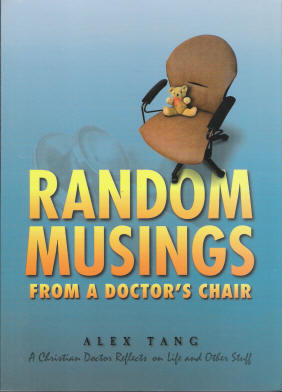The Disappearing Doctors

Residents like Diana and Don—young physicians learning to be clinical specialists—have long been the mainstay of medical care in teaching hospitals. Because residents traditionally worked in hospitals in the name of receiving education and because altruism is a hallmark of doctors, physicians-in-training have provided a considerable amount of clinical care while working long hours for relatively short pay. What's going on here? Why aren't Diana and Don on PID rounds as they were supposed to be? It's the result of cockamamie resident physician work schedules that look more like Bingo cards than a comprehensive system for providing coordinated medical care or educating future medical specialists. The erratic schedules are the unintended consequences of the new rules on resident work hours.
In 2003 the Accreditation Council for Graduate Medical Education (ACGME), which accredits U.S. medical training programs, instituted rules for resident work hours, sometimes called "the eighty-hour workweek"; the new rules limit residents' duty hours to no more than eighty hours a week. These rules govern the working conditions of the 100,000 young doctors-in-training in teaching hospitals across the United States and were developed both to protect patients from potentially unsafe medical practices by sleep-deprived physicians and to improve working and learning conditions for residents. The work rules, among other stipulations, limit both the number of consecutive days in a week and the number of consecutive hours in a shift that a physician-in-training can work; in addition, the rules require rest periods of at least ten hours between shifts.
read more
In 2003 the Accreditation Council for Graduate Medical Education (ACGME), which accredits U.S. medical training programs, instituted rules for resident work hours, sometimes called "the eighty-hour workweek"; the new rules limit residents' duty hours to no more than eighty hours a week. These rules govern the working conditions of the 100,000 young doctors-in-training in teaching hospitals across the United States and were developed both to protect patients from potentially unsafe medical practices by sleep-deprived physicians and to improve working and learning conditions for residents. The work rules, among other stipulations, limit both the number of consecutive days in a week and the number of consecutive hours in a shift that a physician-in-training can work; in addition, the rules require rest periods of at least ten hours between shifts.
read more
This is happening not only in USA but also in UK and the rest of the world. In an effort to give the doctors in training more rest, they are reducing their working hours. This is actually reducing their hours of training. So what happens is that housemanship may be extended to two years to meet the required training hours.
.
Labels: Medical Students, Medicine















0 Comments:
Post a Comment
<< Home